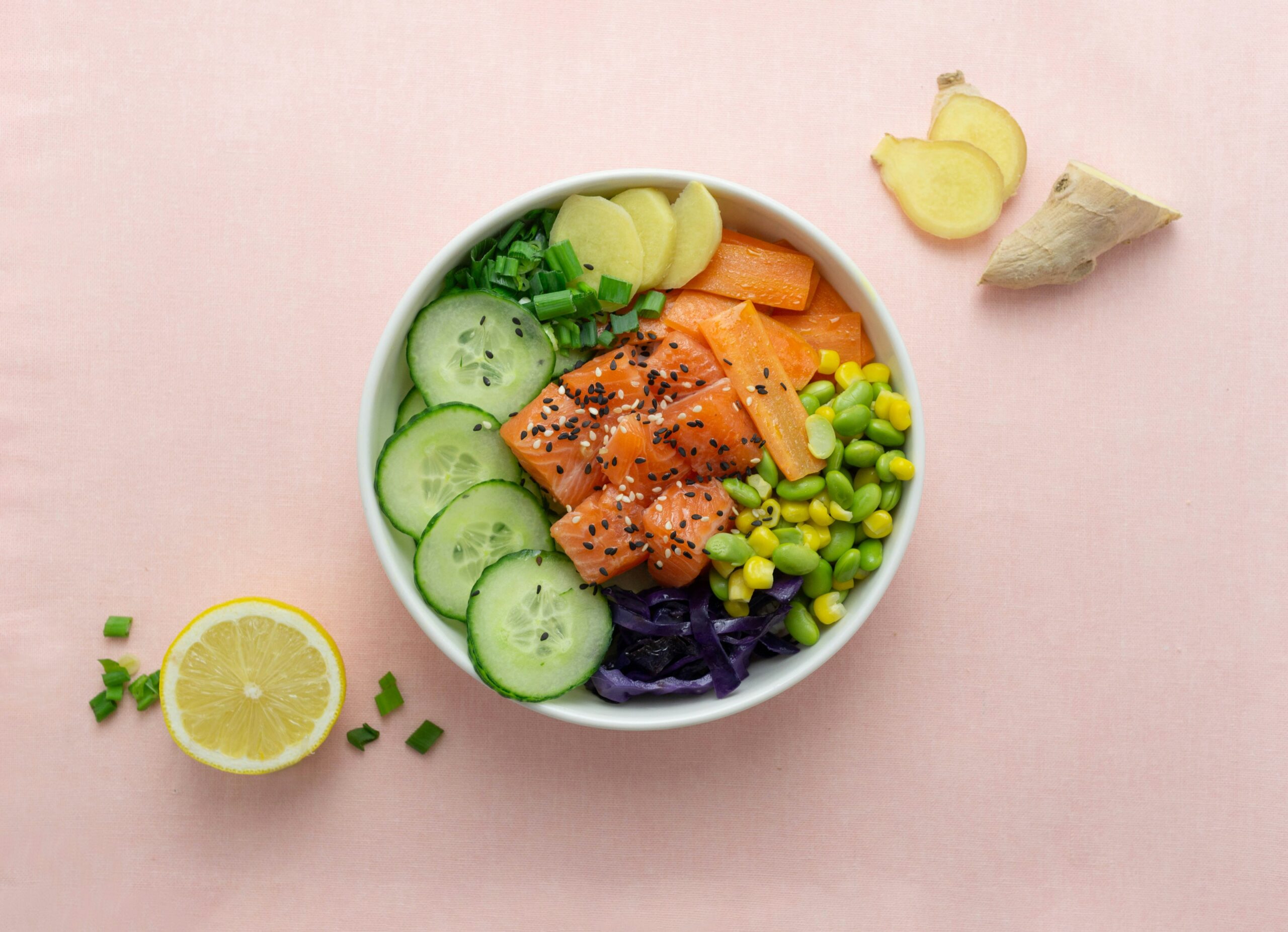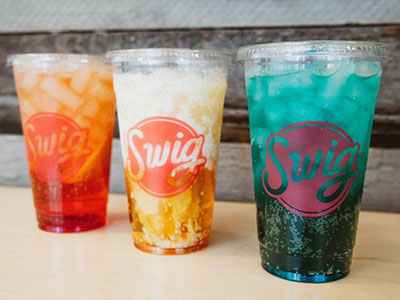Shrinkflation isn’t sneaking by savvy shoppers, and many consumers are changing their purchase behaviors in response to the combination of higher prices and shrinking pack sizes.
What consumers are thinking:
While consumers’ safety concerns about COVID are lower than ever before, their financial concerns are at an all-time high, according to data from 84.51°’s August report. Nearly half (48%) of shoppers were feeling uncomfortable about their finances this month, the highest level recorded since October 2021.
With that, shrinkflation is not going unnoticed by shoppers, especially those already sensitive to higher prices. When asked to identify where shrinkflation is occurring, consumers mentioned shrinking pack sizes of chips (51%), cereal (37%), candy bars (29%) and toilet paper (26%).
“The national news media’s focus on [shrinkflation] has brought attention to this practice, but it’s really not new,” Julie Companey, director of client strategy, grocery drug mass channel at Vericast, told The Food Institute. “Cereal, bath tissue, coffee and ice cream have all been downsized over the years to allow the price to stay at a certain level, but the consumer is getting less.”
How consumers are reacting:
In response to higher grocery prices, 84.51 also noted that 38% of consumers are shopping less frequently and 43% are purchasing fewer items at the store. While some consumers are trading out, others are trading down—50% of shoppers say they have switched to lower priced brands to save money.
Consumers are more willing to trade down in certain categories than others. For example, 59% of consumers have switched to less expensive paper products, 53% have swapped out their shelf stable items, and 52% are buying cheaper cleaning products.
However, other grocery staples appear to be non-negotiable. The vast majority of shoppers (84%) have noticed a price increase in dairy, but only 18% report cutting back in that category.
Some shoppers are even taking to Yelp to express their shrinkflation-related outrage. For the first time ever, the Yelp Economic Average (YEA) report for Q2 2022 found that consumers mentioned ‘shrinkflation’ by name in many of the reviews posted on the website.
Advice for brands:
According to 84.51°, consumers view price increases and smaller pack sizes differently across the store. For this reason, brands should pay close attention to their unique position and offer tailored promotions, when applicable, to maintain a positive customer perception.
Companey added that brands in some categories are simply able to make adjustments while flying under the consumer’s radar.
“Customers notice price increases, but don’t always notice they are getting less for their dollars,” she said. “In some categories, it’s easier to pack fewer ounces in the package without the shopper noticing.”












